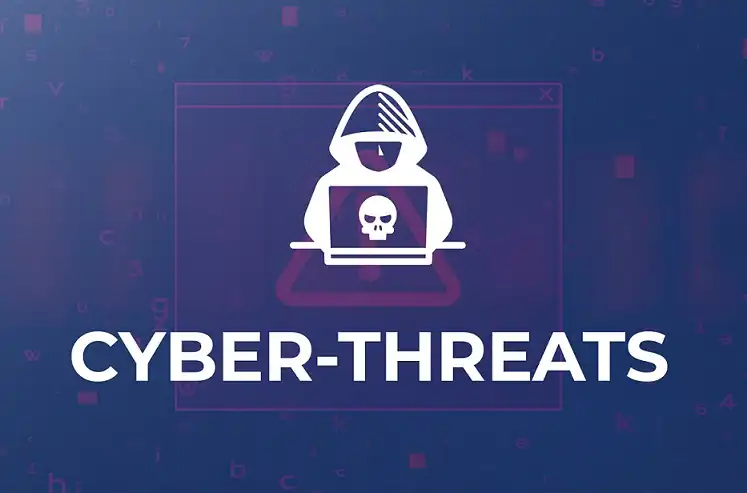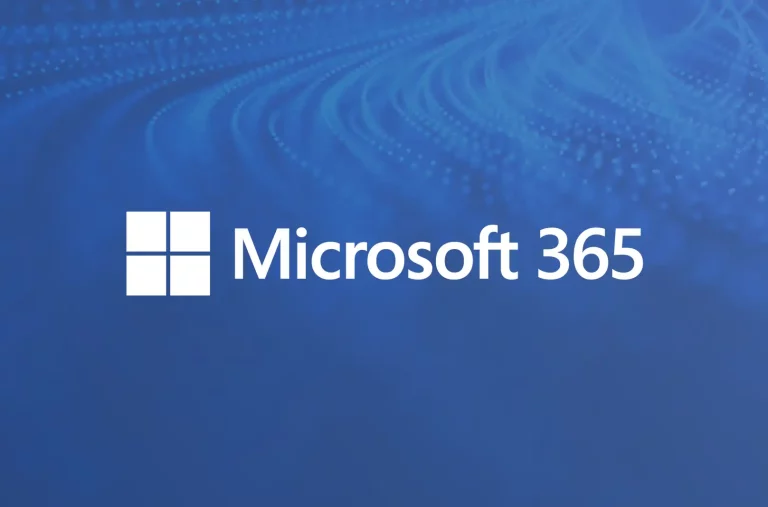In today’s interconnected digital world, the protection of sensitive data is paramount. Data breaches can have devastating consequences for individuals and organizations alike, leading to financial loss, reputational damage, and legal liabilities. To safeguard against such risks, it is crucial to implement effective cyber security strategies. In this article, we will explore seven essential strategies that can help prevent data breaches, along with real-world examples to illustrate their importance.
1. Implementing Strong Password Policies
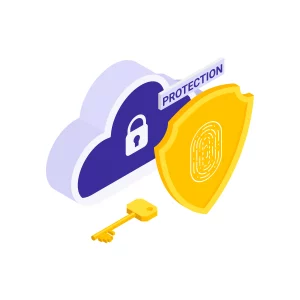
Passwords are the first line of defense against unauthorized access. Implementing strong password policies is vital to ensure the security of accounts and systems. A strong password should be complex, combining uppercase and lowercase letters, numbers, and special characters. For instance, instead of “password123,” a strong password could be “P@ssw0rd!321.” By enforcing strong password policies, organizations can significantly reduce the risk of password-related breaches.
In 2019, a major social media platform experienced a data breach that affected millions of users. The breach occurred due to weak passwords and the lack of proper password policies. Hackers were able to exploit the vulnerability and gain unauthorized access to user accounts, compromising personal information. Implementing strong password policies could have prevented this breach and protected user data.
2. Regularly Updating Software and Systems
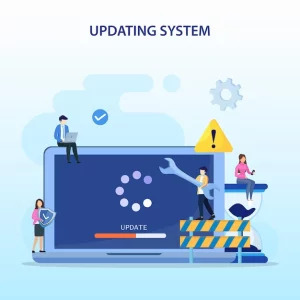
Outdated software and systems are prone to vulnerabilities that can be exploited by cyber attackers. Regularly updating software and systems is crucial to patch security flaws and protecting against known threats. Software updates often include security patches that address vulnerabilities discovered by developers or reported by the security community. By keeping systems up to date, organizations can minimize the risk of exploitation.
In 2017, the global ransomware attack known as “WannaCry” infected hundreds of thousands of computers worldwide. The attack exploited a vulnerability in outdated versions of the Windows operating system. Organizations that had not applied the necessary software updates fell victim to the attack, resulting in significant disruption and data loss. Regularly updating software and systems could have prevented the WannaCry attack from spreading.
3. Enforcing Multi-Factor Authentication (MFA)
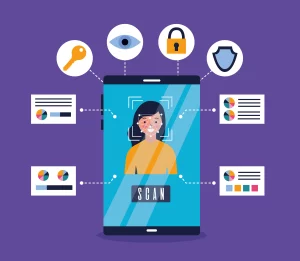
Passwords alone may not provide sufficient protection, as they can be compromised through various means. Enforcing multi-factor authentication (MFA) adds an extra layer of security by requiring users to provide additional verification factors. These factors can include something they know (such as a password), something they have (such as a mobile device or security token), or something they are (such as a fingerprint or facial recognition). MFA significantly enhances the security of accounts and systems.
A prominent online banking platform implemented MFA for its users. In addition to entering their passwords, users were required to enter a one-time code generated by a mobile app. This extra layer of authentication made it significantly more challenging for cybercriminals to gain unauthorized access to user accounts, effectively preventing data breaches and financial fraud.
4. Conducting Security Awareness Training

Human error is a common factor in many data breaches. Employees who are unaware of potential security threats may unknowingly engage in risky behaviors, such as clicking on malicious links or falling victim to phishing attempts. Conducting regular security awareness training is essential to educate employees about best practices and raise their awareness of cyber threats. Training should cover topics such as identifying phishing emails, practicing safe browsing habits, and recognizing social engineering techniques.
A manufacturing company implemented a comprehensive security awareness training program for its employees. The training included interactive modules, simulated phishing exercises, and workshops on data protection. As a result, employees became more vigilant and cautious in their online activities. This increased awareness significantly reduced the number of successful phishing attempts, protecting the company’s sensitive information from being compromised.
5. Implementing Firewalls and Intrusion Detection Systems

Firewalls and intrusion detection systems (IDS) play a vital role in network security. Firewalls act as a barrier between internal networks and external threats, monitoring and controlling incoming and outgoing network traffic. IDS, on the other hand, detect and respond to suspicious or malicious activities within a network. By implementing firewalls and IDS, organizations can identify and block unauthorized access attempts and detect potential cyber-attacks in real-time.
A financial institution implemented a robust network security infrastructure, including firewalls and IDS. In one instance, the IDS detected an unusual pattern of network traffic indicating a potential intrusion attempt. The security team promptly investigated the incident, preventing unauthorized access and averting a potential data breach that could have resulted in financial loss and damage to the institution’s reputation.
6. Encrypting Sensitive Data
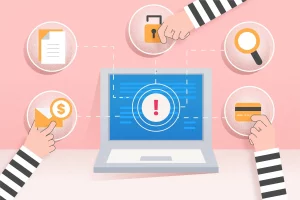
Data encryption is a fundamental practice to protect sensitive information from unauthorized access. Encryption transforms data into an unreadable format that can only be decrypted with the appropriate encryption key. Implementing encryption measures for data at rest, data in transit, and data stored in the cloud ensures that even if unauthorized individuals gain access to the data, they cannot make sense of it without the encryption key.
7. Regularly Backing Up Data

Data loss can occur due to various reasons, including cyber attacks, hardware failures, or natural disasters. Regularly backing up data is crucial to ensure that critical information can be restored in the event of a breach or system failure. Backups should be performed regularly and stored securely, both on-site and off-site, with appropriate access controls to prevent unauthorized access or tampering.
A small e-commerce business experienced a ransomware attack that encrypted its customer database. Fortunately, the business had a regular data backup routine in place. By restoring the backup, they were able to recover the encrypted data and resume their operations without any loss of customer information. Regular data backups provided an essential safety net, mitigating the impact of the data breach.
Key Takeaways
Protecting against data breaches is a paramount concern for organizations in today’s digital landscape. By implementing the essential eight cyber security strategies discussed in this article—strong password policies, regular software updates, multi-factor authentication, security awareness training, firewalls and intrusion detection systems, data encryption, data backups, and vulnerability management—businesses can significantly enhance their defenses and prevent data breaches. It is crucial to adopt a proactive approach to cybersecurity and regularly evaluate and improve security measures to stay one step ahead of evolving threats.
To ensure your business is equipped with the necessary expertise to combat cyber threats, consider partnering with ITAdOn, a leading provider of comprehensive cybersecurity solutions. Our team consists of highly skilled cybersecurity experts who specialize in safeguarding businesses from digital risks. With ITAdOn’s advanced security services, you can have peace of mind knowing that your valuable data is protected.
Don’t wait any longer—take the proactive step toward securing your business today! Contact ITAdOn and benefit from the expertise of our cybersecurity professionals. Give us a call now to schedule a consultation and fortify your digital defenses.”



